GPCR/G protein

All GPCRs share a common seven trans-membrane structure. GPCRs are associated with heterotrimeric G-proteins which are GTP-binding proteins made of alpha, beta, and gamma subunits. When a ligand binds to GPCR, it activates the attached G-protein, the GDP is replaced with GTP. The activated G-protein then dissociates into an alpha and a beta-gamma complex which activates downstream signaling pathways. These intracellular signaling pathways include cAMP/PKA, calcium/NFAT, phospholipase C, protein tyrosine kinases, MAP kinases, PI-3-kinase, nitric oxide/cGMP, Rho, and JAK/STAT.
GPCRs are one of the most important therapeutic targets for various diseases, over 30% of all modern medicinal drugs target this family. Aberrant GPCR functions are involved in pathological conditions such as neurological, immunological and hormonal disorders. A large number of GPCRs have been identified, but whose ligands are not known, are classified as orphan receptors.
-
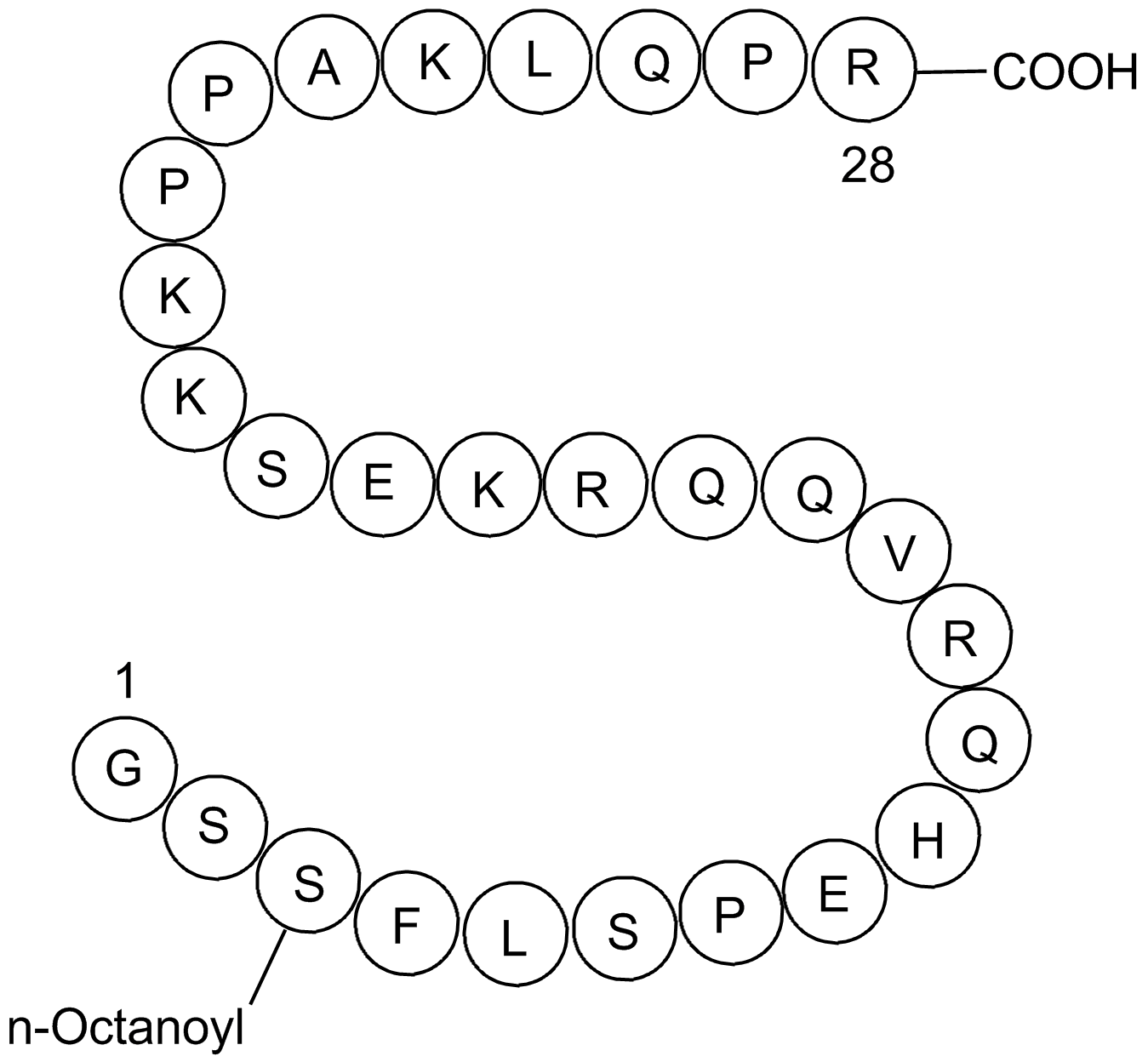 B6749 Ghrelin (human)Summary: Endogenous agonist for ghrelin receptor (GHS-R1a)
B6749 Ghrelin (human)Summary: Endogenous agonist for ghrelin receptor (GHS-R1a) -
![[Des-octanoyl]-Ghrelin (human)](/pub/media/prod_images/b/6/b6993.png) B6993 [Des-octanoyl]-Ghrelin (human)Summary: Non-acylated, major circulating isoform of ghrelin
B6993 [Des-octanoyl]-Ghrelin (human)Summary: Non-acylated, major circulating isoform of ghrelin -
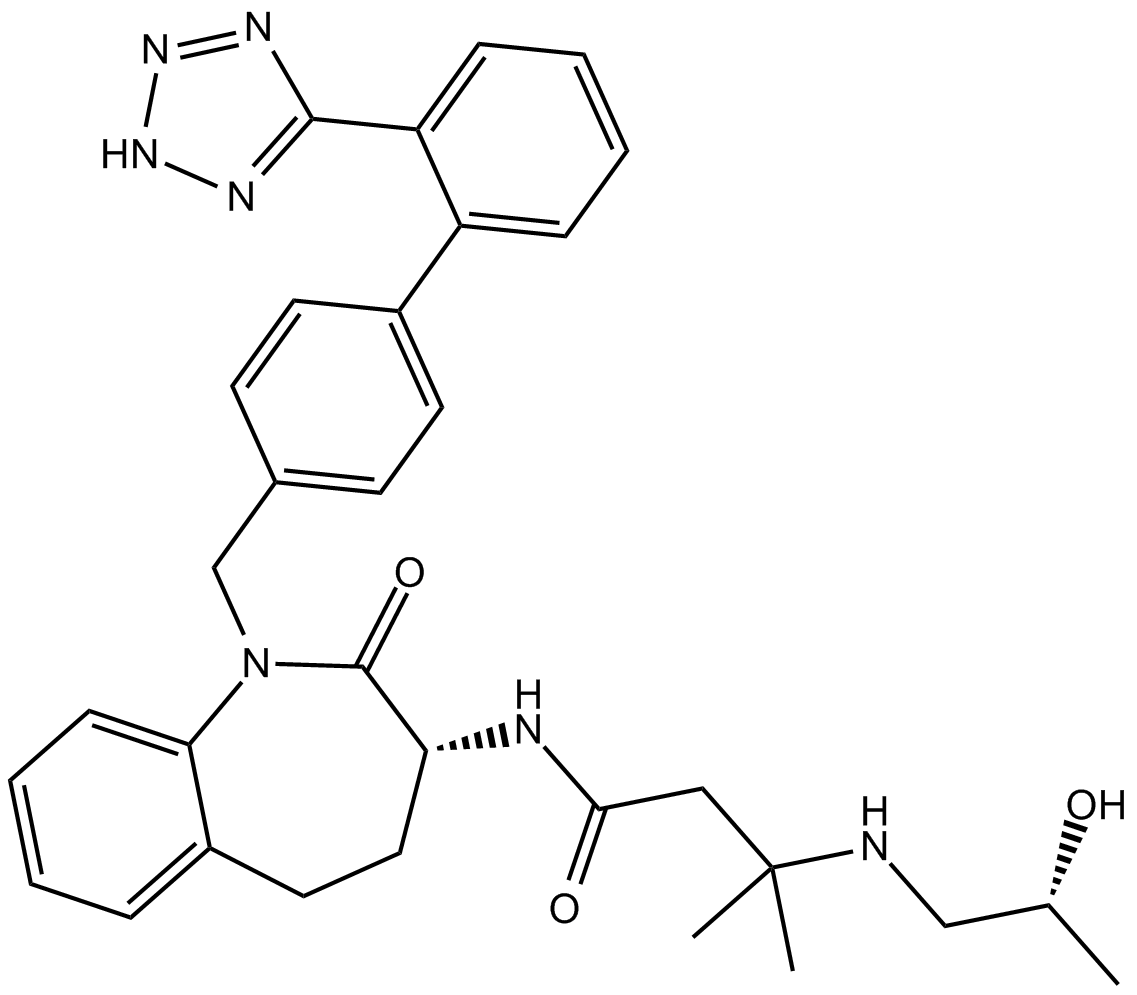 B6994 L-692,585Summary: ghrelin receptor (GHS-R1a) agonist
B6994 L-692,585Summary: ghrelin receptor (GHS-R1a) agonist -
 B5120 Ghrelin (rat)Summary: Endogenous agonist peptide for the ghrelin receptor (GHS-R1a)
B5120 Ghrelin (rat)Summary: Endogenous agonist peptide for the ghrelin receptor (GHS-R1a) -
![[D-Lys3]-GHRP-6](/pub/media/prod_images/b/5/b5234.png) B5234 [D-Lys3]-GHRP-61 CitationTarget: ghrelin receptorSummary: ghrelin receptor antagonist
B5234 [D-Lys3]-GHRP-61 CitationTarget: ghrelin receptorSummary: ghrelin receptor antagonist -
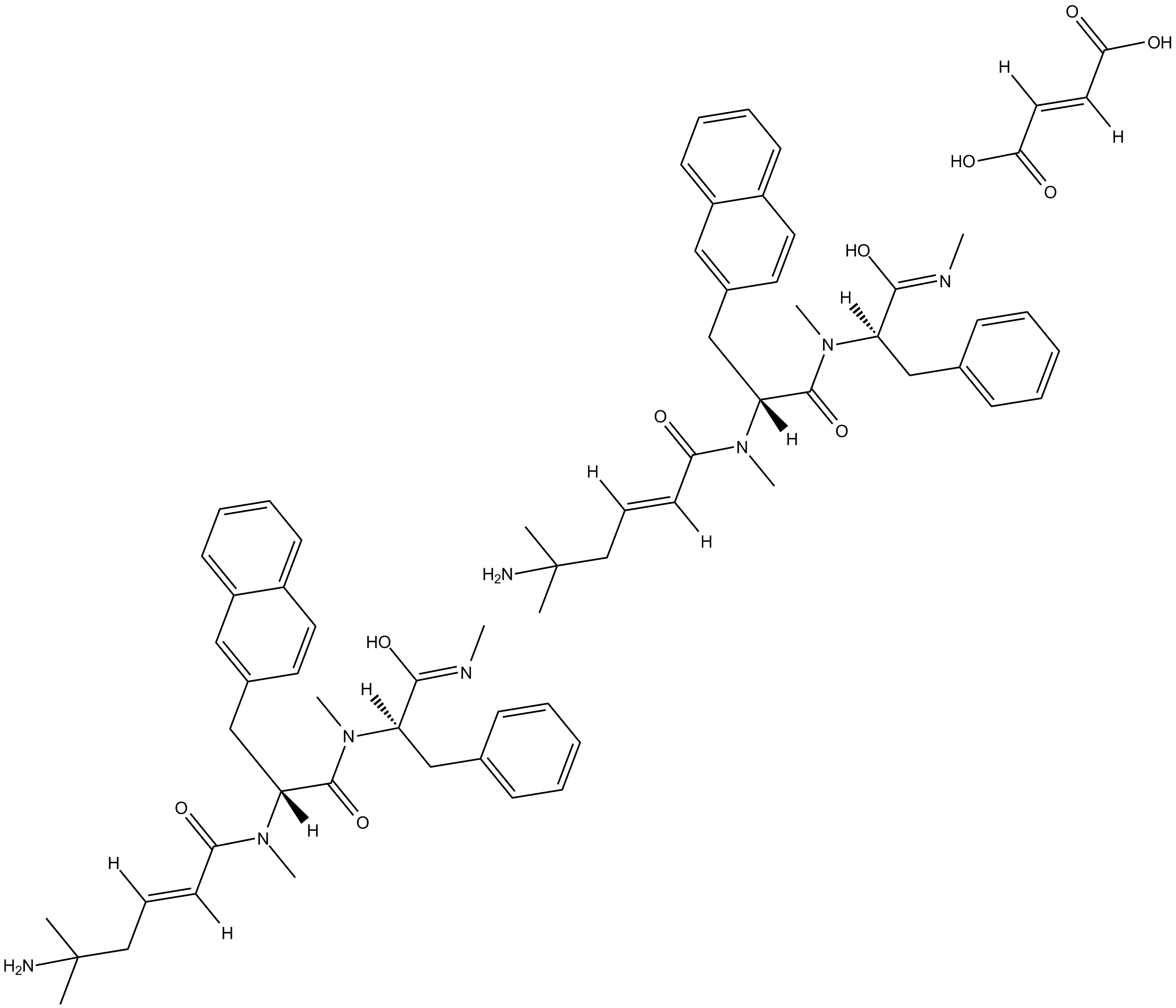 B5287 Tabimorelin hemifumarateSummary: orally active ghrelin receptor (GHS-R1a) agonist
B5287 Tabimorelin hemifumarateSummary: orally active ghrelin receptor (GHS-R1a) agonist -
![[Des-octanoyl]-Ghrelin (rat)](/pub/media/prod_images/b/5/b5352.png) B5352 [Des-octanoyl]-Ghrelin (rat)Summary: Non-acylated, major circulating isoform of ghrelin
B5352 [Des-octanoyl]-Ghrelin (rat)Summary: Non-acylated, major circulating isoform of ghrelin -
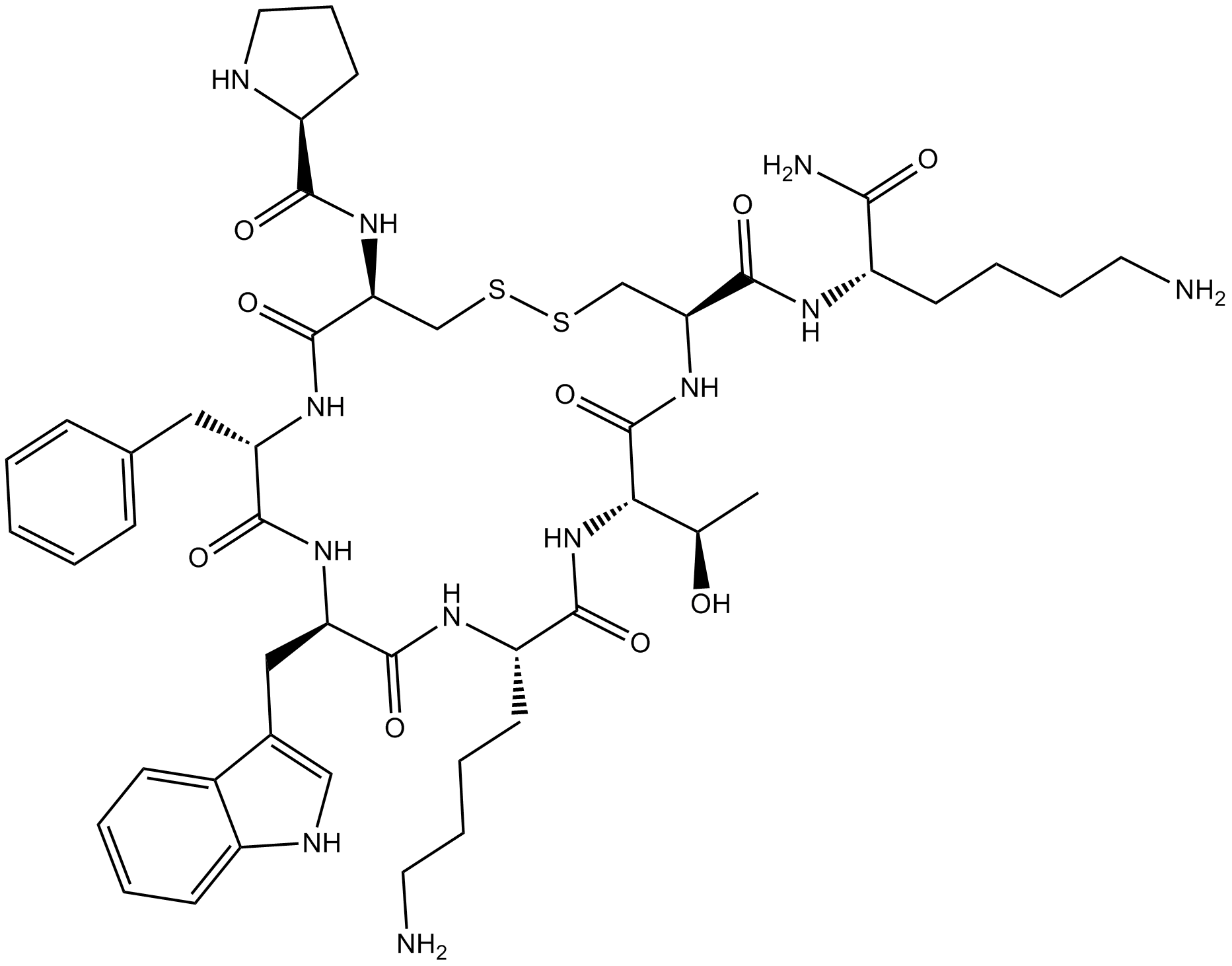 B5367 Cortistatin-8Summary: ghrelin receptor antagonist
B5367 Cortistatin-8Summary: ghrelin receptor antagonist -
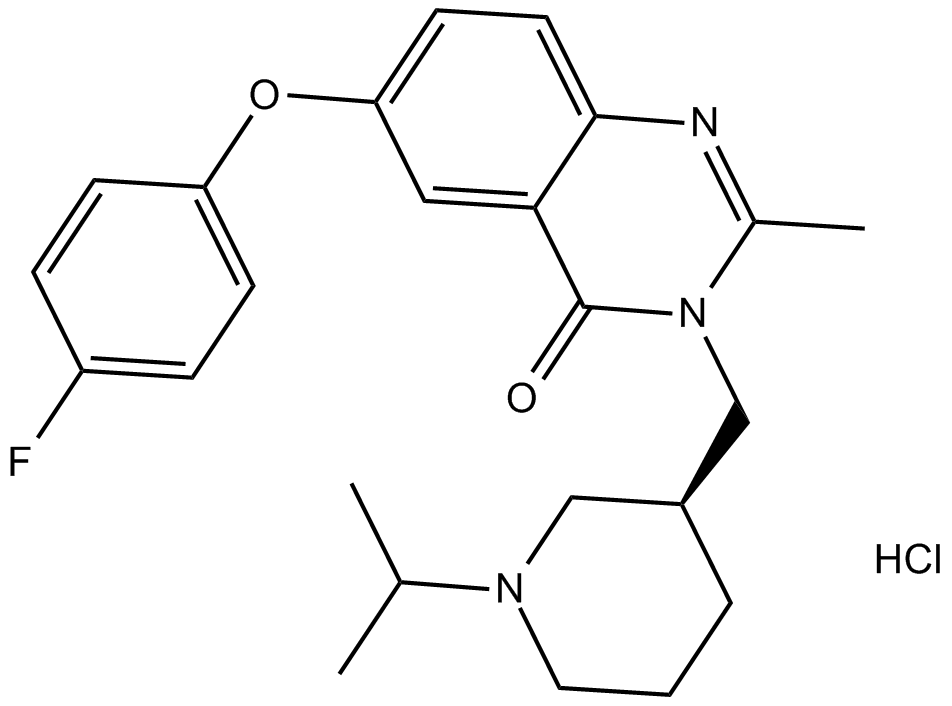 B7551 YIL 781Summary: Ghrelin receptor antagonist
B7551 YIL 781Summary: Ghrelin receptor antagonist

